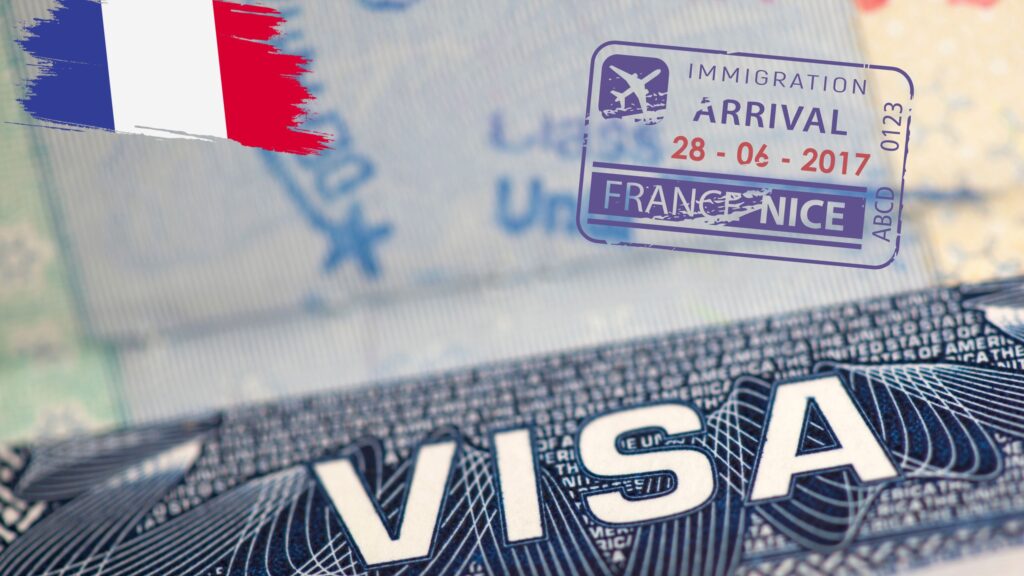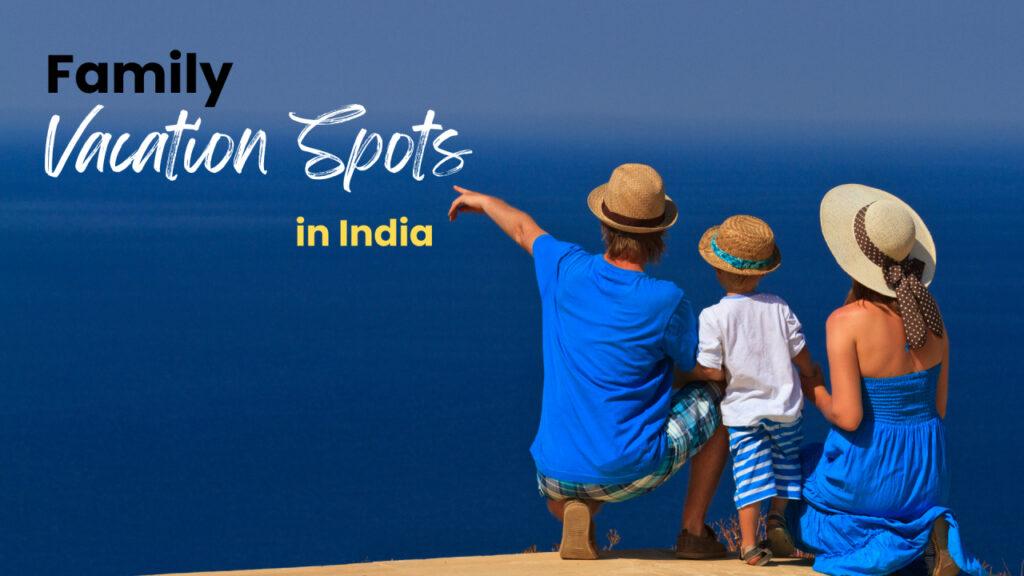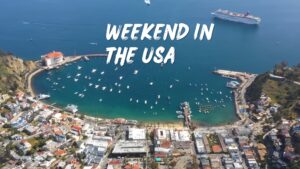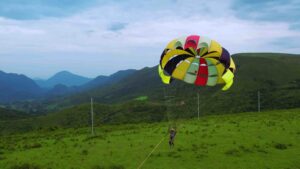Tanjung Puting National Park, located in the heart of Borneo, is a true genuine place for nature lovers and adventure seekers alike. Known for its lush rainforests, diverse wildlife, and vibrant ecosystems, this UNESCO-listed park offers an unforgettable experience. From encountering orangutans in the wild to exploring pristine rivers, planning a trip to Tanjung Puting National Park requires thoughtful preparation. This will provide all the essential information you need to ensure your visit is both memorable and well-organized.
Where Is Tanjung Puting National Park Located?
Tanjung Puting National Park lies in the province of Central Kalimantan on the island of Borneo, Indonesia. Spanning approximately 4,000 square kilometers, it boasts a rich and diverse ecosystem. The park is renowned for its unique rainforest and peat-swamp habitats, which serve as a vital sanctuary for endangered species like the Bornean orangutan.
Located in the southern part of Central Kalimantan, the park is easily accessible from the town of Pangkalan Bun, which acts as the primary gateway. Visitors can reach the park by river, offering a chance to visit this remote and untouched destination. As a UNESCO-protected site, Tanjung Puting National Park stands as one of Borneo’s most famous ecological destinations, offering a peaceful escape into nature’s wonders.
How to Reach Pangkalan Bun for Tanjung Puting: Travel Tips
To visit Tanjung Puting National Park, you must first travel to Pangkalan Bun, the nearest town and the main gateway to the park. Located in Central Kalimantan on the island of Borneo, Pangkalan Bun provides the most convenient access point for both domestic and international travelers heading into the heart of the rainforest.
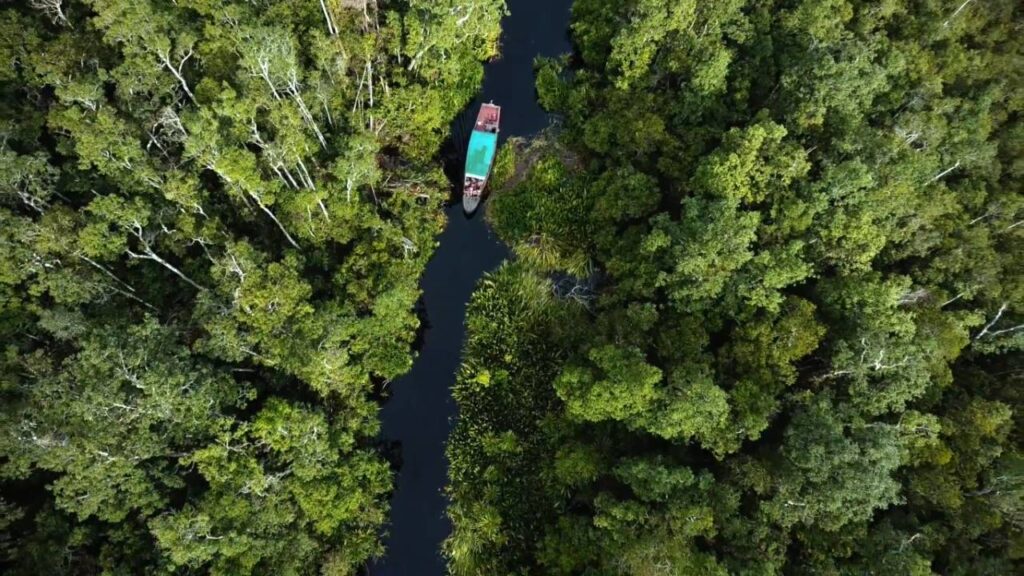
Flying to Pangkalan Bun
Reach Pangkalan Bun by flying directly to Iskandar Airport (PKN). Several domestic airlines—including Garuda Indonesia, Wings Air, and Sriwijaya Air—operate daily flights from major Indonesian cities such as Jakarta, Surabaya, and Bali. Flights from Jakarta typically take 1.5 to 2 hours, while those from Surabaya or Bali last around 1 to 1.5 hours. The airport is small but functional, handling tourist traffic efficiently and providing smooth access to ground transportation.
Traveling from Pangkalan Bun to the Park
After landing in Pangkalan Bun, you’ll need to travel roughly 25 to 30 kilometers (16 to 19 miles) to reach the entrance of Tanjung Puting National Park. Most travelers take a short drive—about 15 minutes—to the port town of Kumai, located on the banks of the Kumai River. From there, you’ll board a traditional klotok boat to begin your river journey into the park.
Klotok boats, made of wood and featuring open-air decks with canopies, serve as your main transportation and accommodation during your stay in the park. The boat ride along the Sekonyer River usually takes 2 to 3 hours, depending on river conditions. Along the way, you can observe wildlife such as proboscis monkeys, hornbills, and—if you’re lucky—orangutans swinging through the treetops.
Independent Travel Tips
To visit the park without a guided tour, you’ll need to book your boat in advance. Riverboat services in Kumai are limited, and spots can fill up quickly—especially during the dry season between June and September. Independent travelers can hire a klotok directly from local operators, but it’s best to secure your booking before arriving to avoid delays.
Can arrange transport from the airport to Kumai port through local taxis or hotels, most of which offer transfer services as part of a tour package. Once at the port, find your boat crew ready to guide you deep into the rainforest.
By flying into Pangkalan Bun and continuing your journey by river, you not only reach Tanjung Puting National Park but also experience the region’s rich natural beauty before even stepping into the park itself. Journey becomes part of the adventure, offering a seamless and unforgettable start to your Bornean wildlife expedition.
When Is the Best Time to Visit Tanjung Puting National Park?
Best time to visit Tanjung Puting National Park depends on your preferences and what kind of experience you’re looking for. Borneo has a tropical climate, so expect warm temperatures and frequent rain throughout the year.
Dry Season (April to October)
Dry season is considered the best time to visit Tanjung Puting, as the weather is generally more stable, and the trails are less muddy. This period is perfect for wildlife watching, especially in the early mornings and late afternoons when animals are most active. Dry season also makes it easier to travel by boat along the park’s rivers, providing a smoother experience.
Rainy Season (November to March)
While the rainy season might deter some visitors, it offers its own charm. The rainforests are lush and vibrant, and the park’s wildlife is abundant. Heavy rains can make the trails slippery, and some activities, like trekking, may be challenging. If the occasional rain, the park is less crowded during this time, and you might even catch a glimpse of rare wildlife.
Tanjung Puting National Park Tours and Packages: Best Deals for Adventure
A journey to the heart of Borneo, booking a guided tour of Tanjung Puting National Park is one of the most effective ways to visit its rich ecosystems, observe orangutans up close, and immerse yourself in one of the world’s most pristine rainforests. These tour packages are designed to provide a seamless experience—offering transportation, accommodation, meals, and expert local guides who know the forest inside and out.
Popular Tour Packages: Duration and Activities
Most tour packages range from 3 to 5 days, with a few extending to a week for those seeking deeper exploration or combining destinations. The most popular options include:
5-Day / 4-Night Tour (or longer):
Ideal for eco-tourism enthusiasts or photographers, these extended tours include all major points of interest in the park and may offer a chance to visit nearby Dayak villages. Some packages also include conservation workshops or cooking classes onboard.
Accommodation: Premium boats or upgraded lodges
Average Cost: $800 – $1,200 USD per person
3-Day / 2-Night Tour:
Perfect for travelers with limited time, this package includes boat transfers from Kumai, daily wildlife spotting, and visits to two major orangutan feeding stations: Tanjung Harapan and Camp Leakey.
Accommodation: Onboard a klotok boat (shared or private)
Average Cost: $450 – $600 USD per person
4-Day / 3-Night Tour:
This slightly longer package allows for a slower-paced experience and deeper wildlife observation. You’ll visit additional areas like Pondok Tanggui, known for its semi-wild orangutan population, and enjoy optional jungle treks and night walks to spot nocturnal animals.
Accommodation: Klotok boat or eco-lodge stay
Average Cost: $600 – $800 USD per person
Trekking in Tanjung Puting National Park: Ultimate Guide
Trekking through Tanjung Puting National Park delivers one of the most unforgettable jungle adventures in Southeast Asia. While most travelers come for the orangutan river cruises, trekking offers a more intimate, hands-on experience. Instead of simply observing from a boat, you dive deep into the rainforest, feeling the pulse of Borneo’s ancient ecosystem beneath your feet.
Begin Your Journey into the Jungle
To begin with, stepping into the dense forest feels like entering a different world. Towering trees form a thick canopy overhead, filtering sunlight into golden beams. As you move forward, the air becomes heavier, carrying the rich aroma of wet earth and plant life. Quickly notice how the sounds of civilization disappear, replaced by the distant calls of gibbons, buzzing insects, and the rustling of unseen animals. Not only does this create a thrilling atmosphere, but it also brings you closer to nature than ever before.
Visit the Park’s Most Popular Trekking Trails
Next, head toward the park’s main trekking zones, located near Camp Leakey, Tanjung Harapan, and Pondok Tanggui. These areas serve as excellent starting points for beginners and experienced trekkers alike. For example, the Camp Leakey trails offer a chance to hike through pristine rainforest and learn from local guides and researchers. They often point out animal tracks, bird calls, and medicinal plants used by locals for generations.
In contrast, the Tanjung Harapan trails are flatter and more accessible, making them ideal for families or older travelers. Meanwhile, those seeking more adventure can opt for longer treks that head deeper into the forest. Along the way, you’ll have a chance to spot endangered Bornean orangutans, proboscis monkeys, macaques, and dozens of bird species—many of which are endemic to Borneo.
Consider an Overnight Jungle Trek
If up for a true wilderness challenge, some eco-tours offer overnight trekking experiences. These trips involve hiking deep into less-visited areas of the park and camping overnight in tents or hammocks. During these treks, you’ll disconnect from modern comforts and rely on your guide for navigation, food prep, and jungle survival tips.
Most importantly, these overnight treks offer a chance to experience the forest at night. You might spot glowing fungi, hear owls calling, or catch a glimpse of a slow loris moving through the trees. By morning, wake up to a chorus of birds and gibbons echoing through the canopy—an experience few tourists ever witness.
Understand the Trekking Conditions and Physical Requirements
Before setting out, it’s essential to understand the physical demands of trekking in Tanjung Puting. Although short trails are manageable for most visitors, longer routes require moderate to good fitness, especially during the rainy season from November to March. During this time, trails can become slippery and muddy, slowing your progress and increasing difficulty. Therefore, pack durable hiking shoes, long socks, and lightweight waterproof gear.
In addition, bring a reusable water bottle, mosquito repellent, and a hat or cap to protect against sun and bugs. Even though the park is remote, staying well-prepared will make your trek more comfortable and enjoyable.
Wildlife Experiences in Tanjung Puting National Park: A Nature Lover’s Dream
Deep in the rainforests of Central Kalimantan, Tanjung Puting National Park stands as a sanctuary for some of the world’s most fascinating and endangered species. Unlike conventional zoos or wildlife centers, the park invites you to step into a truly wild and untouched environment, where nature writes its own rules and the encounters you have are entirely authentic. For wildlife enthusiasts and eco-travelers alike, this place offers not just sights—but profound experiences that stay with you long after the journey ends.
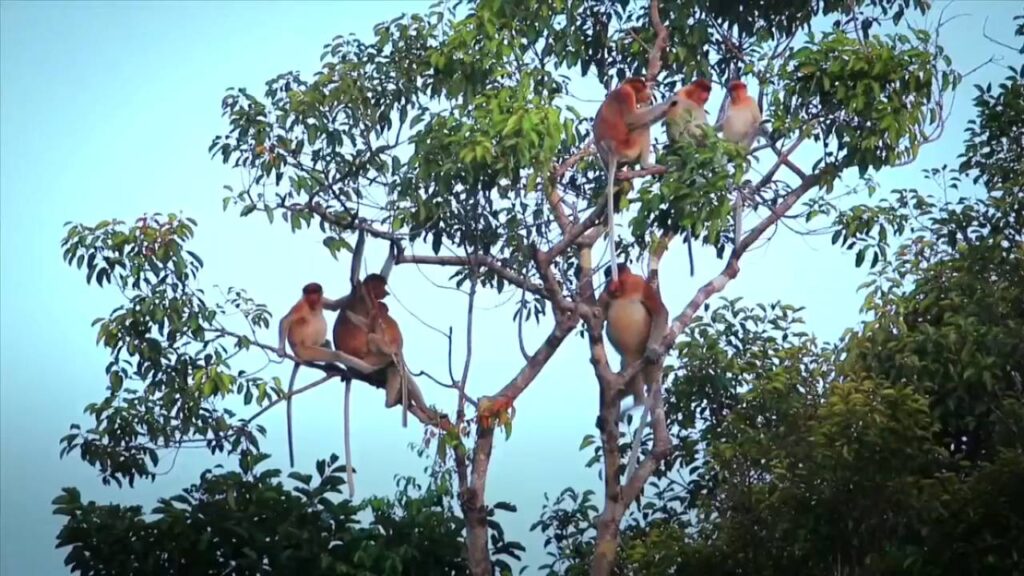
1. Orangutan Encounters – Up Close with a Gentle Giant
Tanjung Puting National Park is one of the few places where you can witness orangutans in their natural habitat. At Camp Leakey, you can observe these incredible creatures up close as they forage for food, swing from tree to tree, and interact with their young. The center’s rehabilitation program helps protect these endangered animals, allowing visitors to see firsthand the efforts made to save the species. Watching an orangutan carefully navigate the forest or playfully swing from a tree is an experience that will stay with you forever.
2. Proboscis Monkeys – The Comedians of the Jungle
As you drift along the Sekonyer River, you’ll encounter large groups of proboscis monkeys. These monkeys are known for their distinctive large noses and comical expressions, and they are often spotted in the tall trees by the water’s edge. The monkeys are highly social and enjoy lounging in groups, making them a delight for visitors to observe. The slow, peaceful river cruise offers excellent opportunities for wildlife photography and gives you the chance to witness the monkeys in action.
3. Sun Bears – Elusive and Mysterious Forest Dwellers
While spotting sun bears in the wild is far less common due to their shy and solitary nature, they do inhabit the deeper forest zones of Tanjung Puting. These small, stocky bears are the world’s smallest bear species, recognizable by the golden crescent-shaped patch on their chest.
If lucky—and exceptionally quiet—you might spot one scratching at tree trunks for insects or climbing for honeycombs. Some experienced guides offer early-morning treks designed to increase your chances of encountering these elusive creatures, though sightings are always a matter of patience and timing.
4. Aquatic Life – Crocodiles, Otters, and River Surprises
Transitioning from the treetops to the water’s edge, the rivers and tributaries of Tanjung Puting teem with biodiversity. As you float along in your klotok (traditional riverboat), the stillness of the blackwater rivers is often broken by the sudden splash of a Malayan giant turtle or the graceful swim of a river otter.
Keep your eyes peeled for saltwater crocodiles, which often lie half-submerged near the muddy banks. While they pose no threat to boats, their sudden appearance certainly adds a dose of excitement. During dusk, you may also see fireflies blinking in synchrony along the mangroves—a magical sight that adds another layer to the park’s aquatic allure.
5. Avian Paradise – Birds That Brighten the Canopy
Birdwatchers find Tanjung Puting especially rewarding. The park is home to over 230 bird species, ranging from majestic hornbills with their signature curved bills to brightly colored kingfishers that dart just above the water. Early mornings are especially lively, with the canopy alive with songs and calls.
Among the notable sightings are the Oriental pied hornbill, black-and-red broadbill, and stork-billed kingfisher. In the more remote parts of the park, you may even glimpse rare species like the Storm’s stork or the Bornean ground cuckoo—prized birds that are seldom seen elsewhere.
Nearby Locations to Tanjung Puting National Park: Enjoy Beyond the Jungle
Tanjung Puting National Park may be your main reason for visiting Central Kalimantan, but the adventure doesn’t have to end there. Surrounding region is rich in natural beauty, cultural heritage, and unique ecosystems. By venturing just a bit farther, you can discover a broader, deeper side of Borneo that most tourists overlook. Below are some of the best nearby locations worth adding to your itinerary—each with its own charm and significance, and all within manageable distance from the park.
1. Sekonyer River – Just Beyond the Park (0–10 km)
Once you finish exploring the inner trails of Tanjung Puting, don’t rush back to the city just yet. Instead, continue your journey along the Sekonyer River, which flows through and beyond the park. The lower stretch of this river—especially just past the Tanjung Harapan and Camp Leakey zones—is easily accessible by your klotok boat and offers continued views of wildlife and dense riverside jungle.
Distance: The Sekonyer River runs alongside the park, so it’s within 0 to 10 kilometers from the park’s key lodges and ranger stations.
Here, you can spot proboscis monkeys, macaques, hornbills, and even crocodiles while your boat quietly cruises the waters. Many tour operators extend river journeys beyond the official park boundary for a more serene and unfiltered experience.
2. Traditional Dayak Villages – 50 to 100 km from Pangkalan Bun
If cultural exploration excites you, make time to visit one of the Dayak villages located inland from Pangkalan Bun. The Dayak are Borneo’s indigenous people and are known for their deep spiritual connection to the forest, as well as their longhouses, wood carvings, and colorful traditional attire.
Distance: These villages are located around 50 to 100 kilometers from Pangkalan Bun, depending on which tribe or area you choose to visit—such as Pasir Panjang or Rantau Malam.
Journey can take about 2 to 3 hours by car or boat. Local tour operators in Pangkalan Bun can arrange day trips or overnight stays, often including traditional ceremonies, food tastings, and storytelling sessions. This is your chance to step into another world and understand how communities have lived in harmony with the jungle for centuries.
3. Betung Kerihun National Park – ~500 km Northeast of Tanjung Puting
For those who want to dive deeper into Borneo’s wilderness, Betung Kerihun National Park offers a more rugged, off-the-beaten-path experience. Located in West Kalimantan, near the Malaysia border, this park is far less visited than Tanjung Puting but offers equally spectacular—and perhaps more untouched—landscapes.
Distance: From Pangkalan Bun, reaching Betung Kerihun requires a 500-kilometer journey via multiple legs—usually by flying to Putussibau via Pontianak, then continuing by land and river.
Expect this journey to take at least 1 to 2 days depending on transport connections. The reward, since, is immense: Betung Kerihun spans over 800,000 hectares of dense rainforest, crisscrossed by rivers like the Embaloh and Kapuas, and is home to orangutans, hornbills, and rare plant species. Overnight treks and canoeing expeditions are ideal for nature lovers looking for adventure and solitude.
4. Derawan Islands – ~1,200 km from Tanjung Puting (East Kalimantan)
After days of trekking and jungle immersion, you might crave some tropical bliss—and the Derawan Islands deliver just that. Located off the coast of East Kalimantan, these islands are a diver’s paradise, with turquoise waters, coral reefs, sea turtles, and stingless jellyfish lakes.
Distance: Derawan is approximately 1,200 kilometers northeast of Tanjung Puting. To get there, you need to fly from Pangkalan Bun to Berau (via Balikpapan), then take a 3-hour drive to Tanjung Batu followed by a 30-minute boat ride to Derawan Island.
Despite the distance, many travelers combine a jungle tour in Central Kalimantan with a beach break in Derawan. The total journey takes around 2 days, but once you arrive, the clear blue seas, pristine beaches, and world-class snorkeling make every second worthwhile.
5. Pangkalan Bun City – 30 km from Park Entry Point
Before or after your trip to the park, don’t overlook Pangkalan Bun, the gateway city to Tanjung Puting. Located just 30 kilometers from the park entrance at Kumai Port, the town offers comfortable hotels, local markets, and cultural attractions like the Istana Kuning (Yellow Palace), a wooden palace of the Kutaringin Sultanate.
Distance: 30 km from the park’s Kumai port (a 45-minute drive).
Use Pangkalan Bun as your hub for planning multi-destination excursions or just to unwind after your jungle expedition.
FAQs
1. Where is Tanjung Puting National Park located?
Tanjung Puting National Park is situated in Central Kalimantan, on the island of Borneo, Indonesia. It spans approximately 4,000 square kilometers and is known for its diverse ecosystems, including rainforests and peat-swamp forests.
2. How do I get to Tanjung Puting National Park?
To reach Tanjung Puting, fly into Pangkalan Bun via Iskandar Airport (PKN). From there, you can take a boat ride along the Sekonyer River to access the park. Boat cruises are the most common and scenic way to reach different park destinations.
3. What is the best time to visit Tanjung Puting National Park?
The best time to visit is during the dry season, from April to October. The wet season, from November to March, may cause trails to become slippery and boat travel to be challenging.
4. What wildlife can I see in Tanjung Puting National Park?
Tanjung Puting is home to Bornean orangutans, proboscis monkeys, sun bears, and various bird species. Visitors may also encounter clouded leopards, gibbons, and a wide range of aquatic life along the river.
5. How long should I plan to stay in Tanjung Puting National Park?
A typical visit lasts 3 to 5 days. This allows ample time for boat tours, trekking, and exploring the park’s orangutan rehabilitation centers like Camp Leakey and Tanjung Harapan.
6. Can I visit the orangutans at Camp Leakey?
Yes, Camp Leakey is one of the most famous orangutan rehabilitation centers in the world. Visitors can observe orangutans being rehabilitated, fed, and learning to survive in the wild. The center is a key part of many guided tours to the park.
7. What should I pack for my trip to Tanjung Puting National Park?
Pack lightweight, breathable clothing, sturdy hiking shoes, a hat, insect repellent, and a rain jacket. You’ll also need camera gear for wildlife photography, sunscreen, and waterproof bags for your electronics.
8. Are there accommodations within Tanjung Puting National Park?
Yes, accommodations range from basic riverboat lodges to more comfortable options along the river. Many tours include overnight stays on boats, providing a unique way to experience the park’s wildlife and beauty.
9. Is Tanjung Puting National Park safe for tourists?
Yes, the park is generally safe for tourists. Visitors should follow local guidelines and listen to their guides, especially when trekking through the jungle. It’s also advised to be cautious around wildlife and avoid direct interaction.
10. How can I book a tour to Tanjung Puting National Park?
You can book a tour through various tour operators in Pangkalan Bun or online. It’s recommended to book in advance, particularly during the peak tourist seasons, to secure a spot on river cruises and treks.

